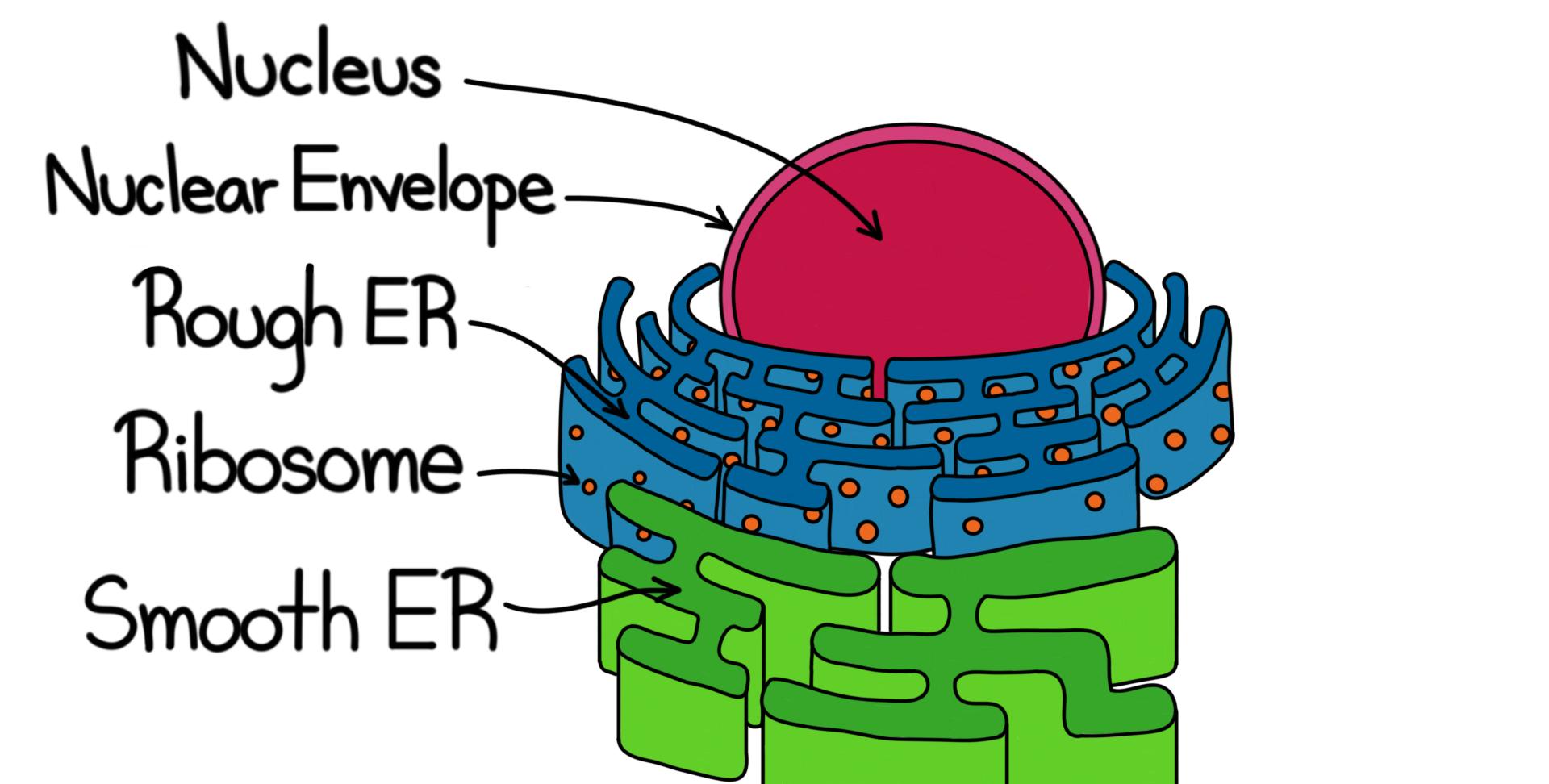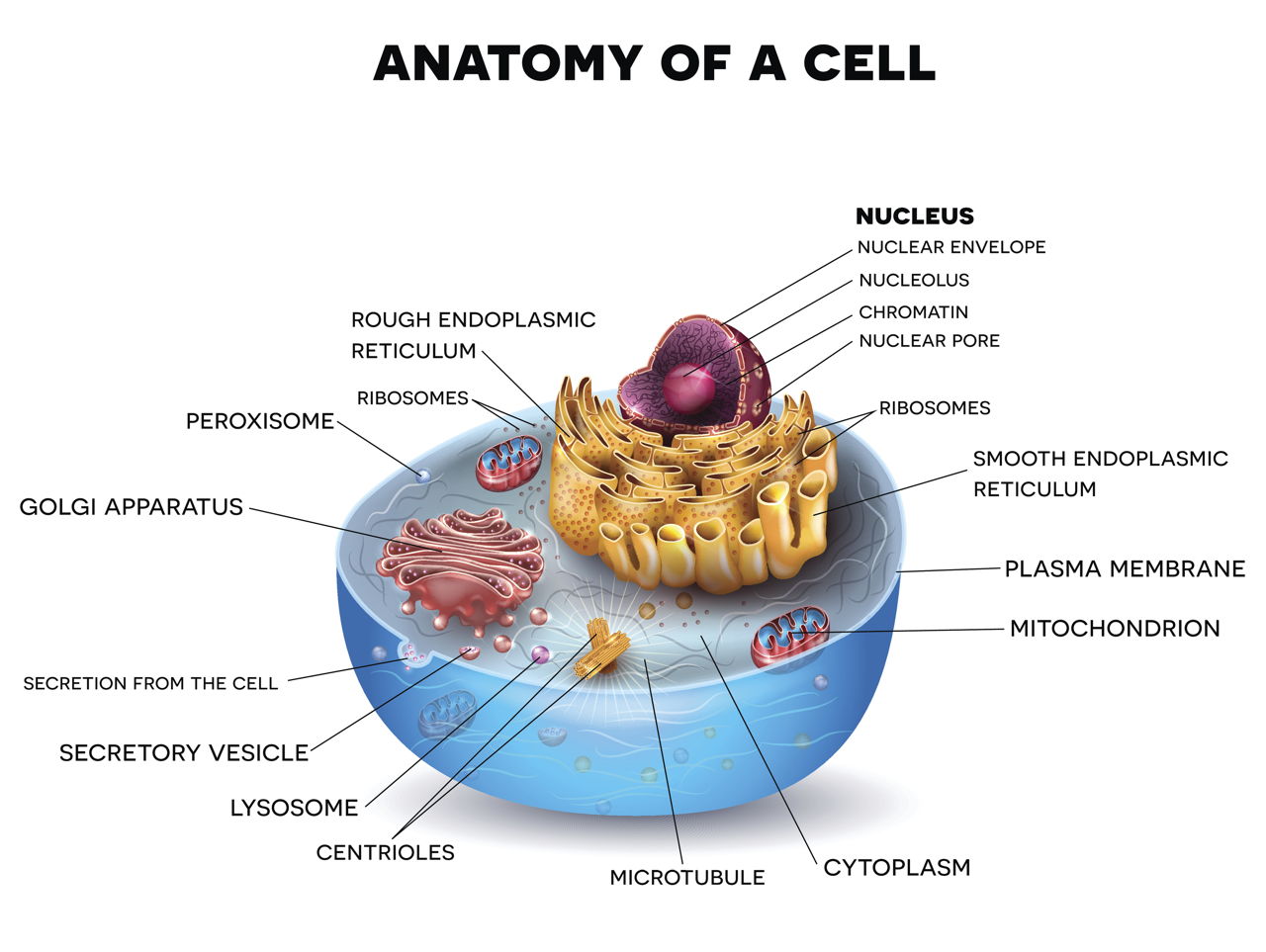



Replication of the viral genome, particularly for positive-sense RNA ((+)RNA) viruses including hepatitis C virus (HCV), dengue virus (DENV) and West Nile virus (WNV), occurs in virus-induced membranous structures that are most often derived from the ER. Many enveloped viruses, such as HIV and influenza virus, co-opt the ER-associated protein biosynthetic machinery to translate their genome and produce structural proteins that are necessary for the formation of virus particles and non-structural proteins that are essential during genome replication. This is best exemplified in the case of polyomavirus entry, in which ER-associated machineries are hijacked to disassemble the virus and promote entry to the cytosol en route to the nucleus. Viral entry often requires disassembly of the incoming virus particle. This observation reveals a shared principle that underlies virus–host cell relationships. Viruses exploit the functions of the endoplasmic reticulum (ER) to promote both early and later stages of their life cycle, including entry, translation, replication, assembly, morphogenesis and egress.


 0 kommentar(er)
0 kommentar(er)
